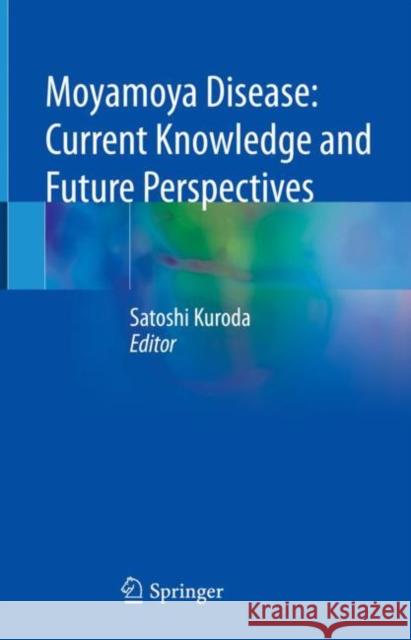Moyamoya Disease: Current Knowledge and Future Perspectives » książka
topmenu
Moyamoya Disease: Current Knowledge and Future Perspectives
ISBN-13: 9789813364035 / Angielski / Twarda / 2021 / 341 str.
Moyamoya Disease: Current Knowledge and Future Perspectives
ISBN-13: 9789813364035 / Angielski / Twarda / 2021 / 341 str.
cena 605,23
(netto: 576,41 VAT: 5%)
Najniższa cena z 30 dni: 578,30
(netto: 576,41 VAT: 5%)
Najniższa cena z 30 dni: 578,30
Termin realizacji zamówienia:
ok. 22 dni roboczych
Bez gwarancji dostawy przed świętami
ok. 22 dni roboczych
Bez gwarancji dostawy przed świętami
Darmowa dostawa!
Kategorie BISAC:
Wydawca:
Springer
Język:
Angielski
ISBN-13:
9789813364035
Rok wydania:
2021
Wydanie:
2021
Ilość stron:
341
Waga:
0.77 kg
Wymiary:
23.88 x 19.56 x 2.03
Oprawa:
Twarda
Wolumenów:
01











